Swiss Replicas
Ten Things We Need To Do When Buying An Antique Rolex Replica
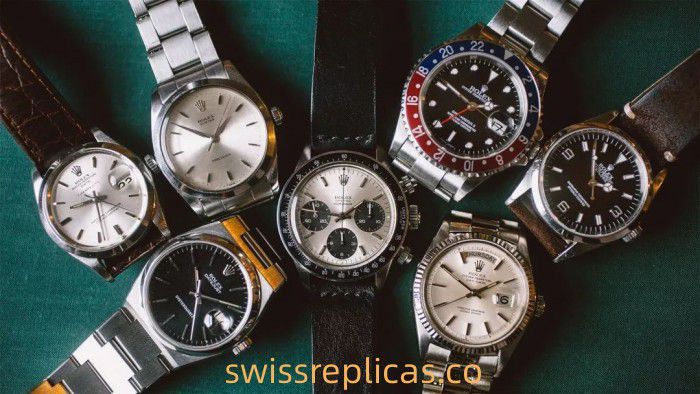
PART1 No. 1 on the board
01 Determine the authenticity of the disk
Only when the disk is actual can it be necessary to continue checking other items? This is the premise. There is no trick to this step other than careful inspection.
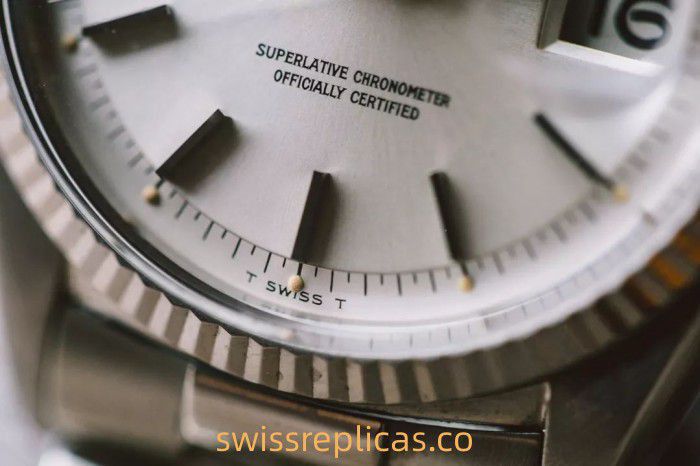
Carefully observe the crown logo and printing on the disk, compare it with related models, and compare it with authoritative books or pictures; for example, should the crown be a three-dimensional or printed logo? Is the crown shape correct? Are the fonts used for each printing line consistent with the reference target? Is there any duplication or face-changing?
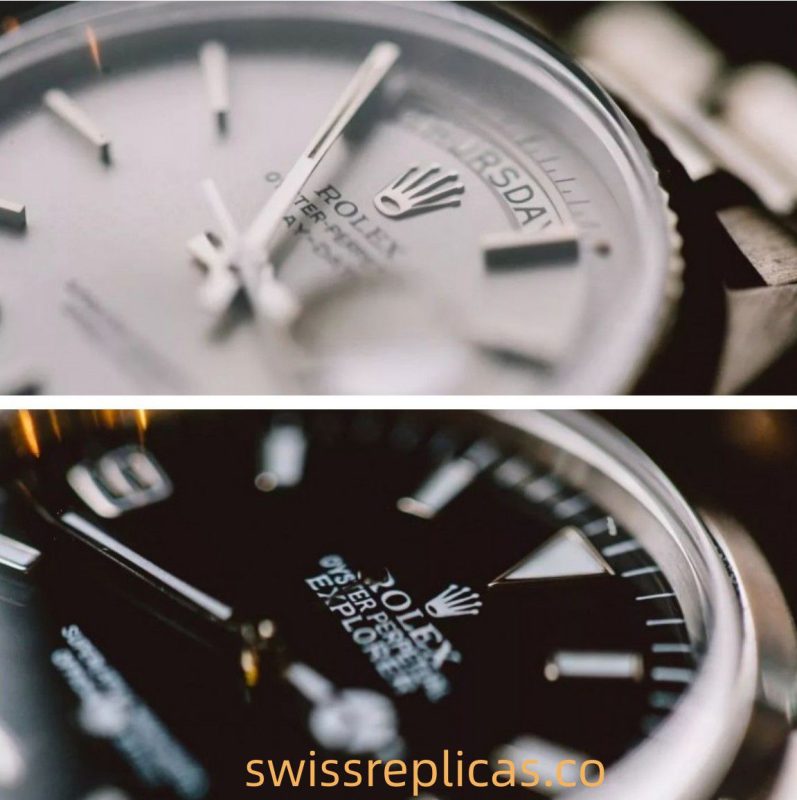
After this step is completed, check other items.
02 Determine the disk year
For antiques, whether each part is of the same date or edition directly affects its overall value. You can check the year on the disk’s luminous material.
There are different luminous materials in different periods. For example, radium was used until the early 1960s; tritium until 1998; Luminova was used from 1998-1999; and Super Luminova and Chromalight.
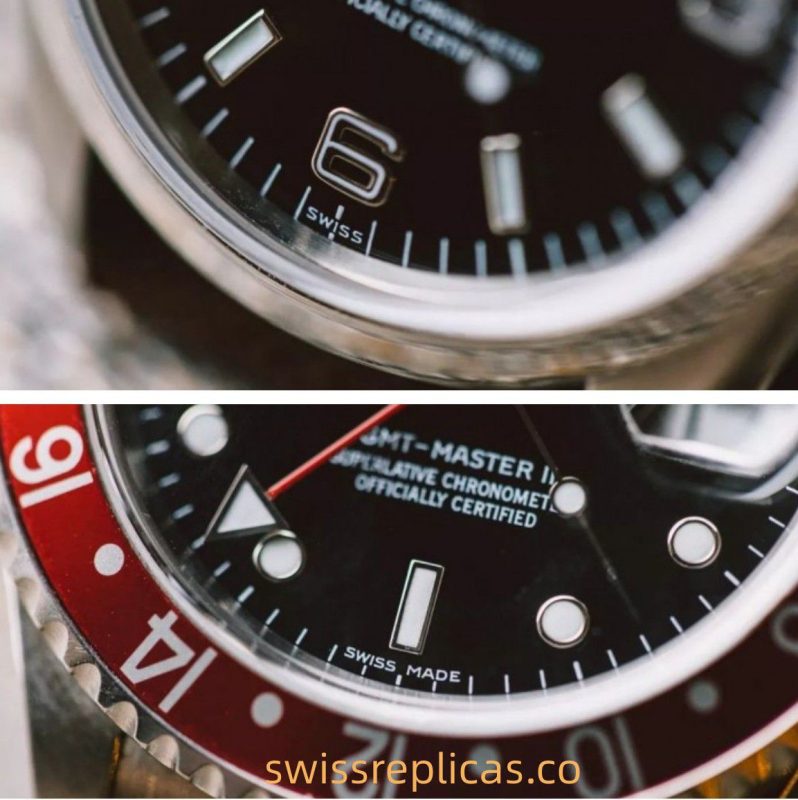
How to judge?
We can tell through the printing below the 6 o’clock time scale on the disk. For example, SWISS on early models represents radium, T Swiss T or T Swiss T<25 represents tritium, SWISS on later models represents Luminova, and later on, it is Swiss Made, which is now newly designed.
03 Assess disk status
Hopefully, the first two items are okay, and then you can evaluate the state of the board.
In this step, we can learn some attractive terms. For example, if the dial fades to a uniform brown, experts will call it a tropical dial; if the dial has consistent cracks, it is called a spider dial. Although only some are keen on such dials, they have Quite a few fans.
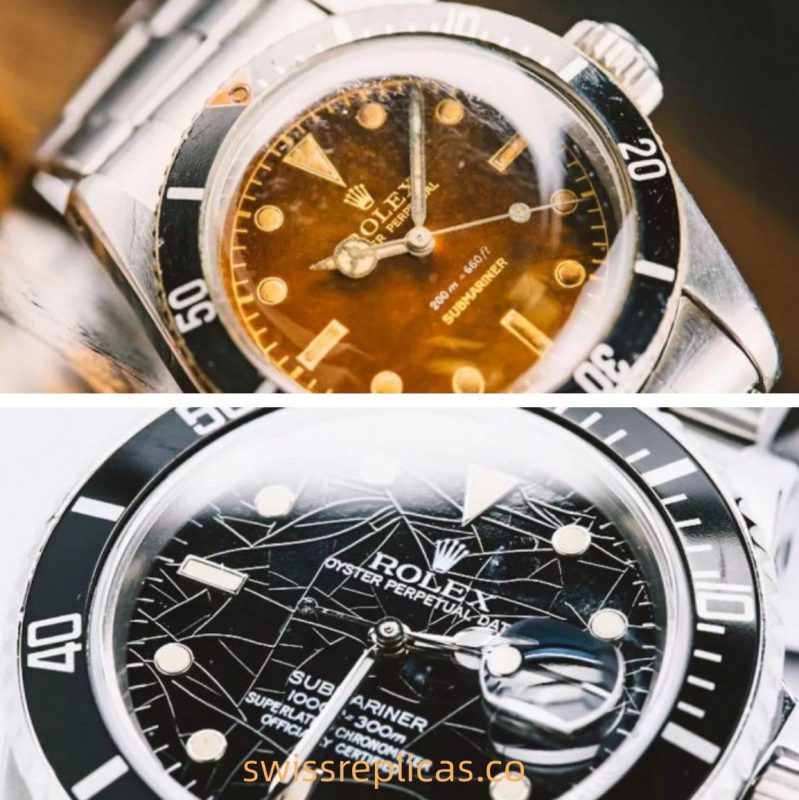
The critical point of evaluation is whether there are defects such as hard damage and severe deterioration on the disk surface, such as stains, scratches, falling off time scales, etc.
The recognition of “service dial” in labor services is low.
PART2 Lettering knowledge
The engravings on antique watches are informative. They can tell us approximately what year the watch was produced, its model, whether the strap, crown, and other parts are original, etc.
Therefore, the following four points teach us what engravings to look for and how to use them.
04 Check between the lugs
On the top of the case, between the lugs at noon, we can find the model number of the watch, usually a 4-6 digit number.
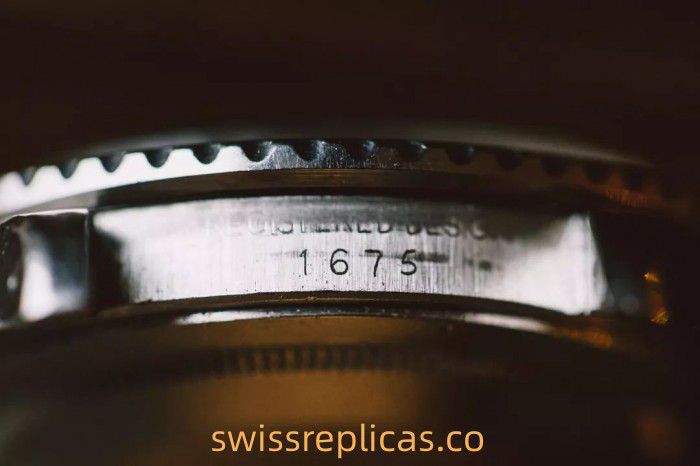
Taking Tanyi as an example, the model may be 6610 or 1016, or it may be the 5-digit 14270, the later 6-digit 114270, and the current model 214270. There are also water ghosts without calendars, such as 5513/5512 to the current 114060.
Once the model is determined, a relatively accurate reference target will be available.
Likewise, between the lugs at 6 o’clock, we can find the serial number of this watch. Through the serial number, we can roughly determine the production year of Rolex before 2010 (after 2010, it will be misinterpreted).
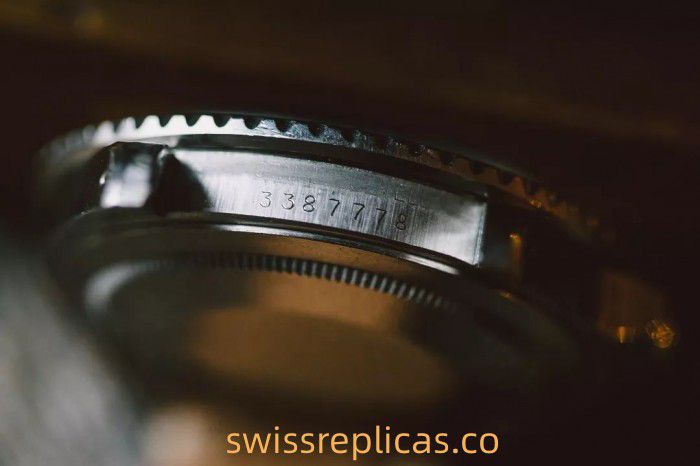
Serial numbers starting with 44 are usually “service cases.”
05 Check the bottom cover and movement
Usually, the engraving on the inside of the bottom cover (if it still needs to be polished off) can confirm our judgment in the previous steps.
Please note that the model and year shown on the bottom cover may differ slightly from the information obtained in the previous steps. It doesn’t matter if the models corresponding to the model have the same structure. Taking the Submariner as an example, 5513 may have a back cover engraved with 5512, and the only difference between the two watches is that the latter is certified by the Observatory. Rolex replica.
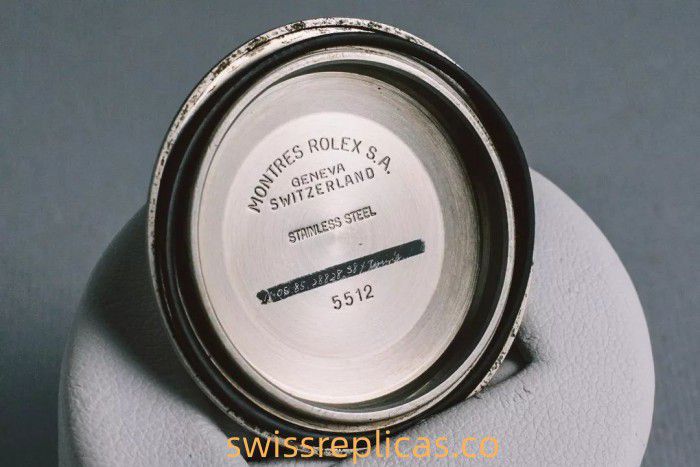
In addition, some parts need to be assembled into watches immediately after production, and usually, a one-year error is understandable.
Of course, opening the bottom cover will reveal the movement. Combined with the reference materials we searched, we can also judge the board circuit and engraving of the movement.
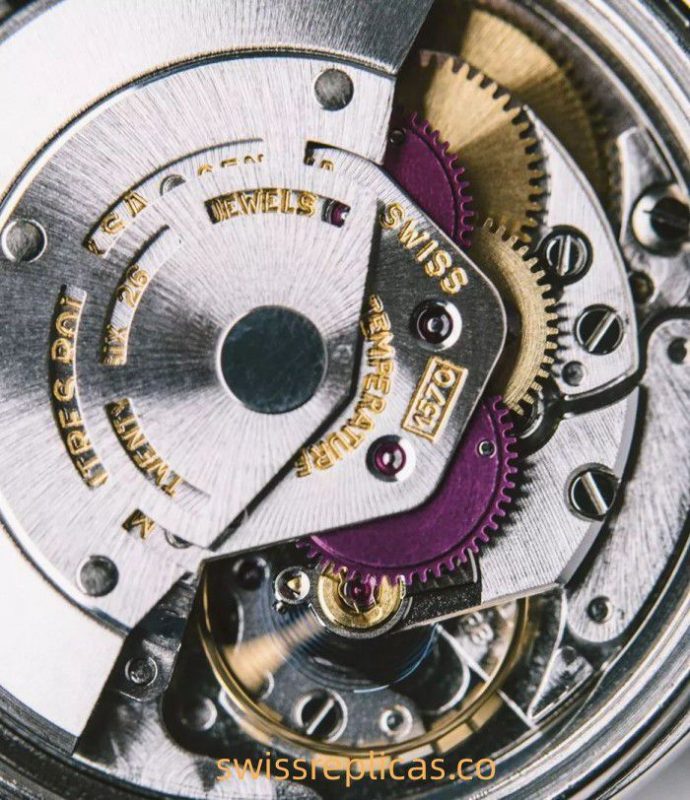
We can also judge whether the watch is opened with a unique tool from the back cover and check whether there are any traces of a violent opening.
In addition to causing scratches, scrapes, and other cosmetic damage, a violent opening of the cover may cause the back cover to deform, thus affecting the waterproof performance of the watch, so you need to be particularly careful when inspecting. Replica watches for sale.
06 Check the crown
The crown, another critical component of waterproof performance, must also be scrutinized.
First, confirm the authenticity. The crown should have the word “brevet” or the double lock or triple lock logo. Taking antique steelwork as an example, a double-buckle lock is a horizontal bar, while a three-buckle lock is three equal-sized dots.
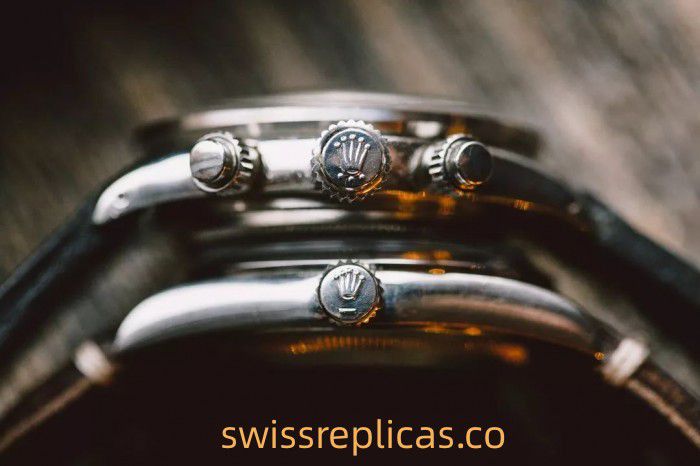
Secondly, you must check whether a triple lock crown has replaced the double lock crown. Although the latter is more waterproof, it does affect the coordination of the entire watch, and the latter is more significant and does not match the crown shoulder guard of the early Submariner. Of course, we can decide whether to accept it based on the collection needs or daily use.
07 Check the strap
The strap is a good clue for identifying an antique Rolex.
From the first section of the bracelet near the lug, we can find the model number of the bracelet and thus check its production year. For example, 7206 is a rivet strip from the 50s and 60s with a 20mm link width, while 7205 represents a 19mm link width model.
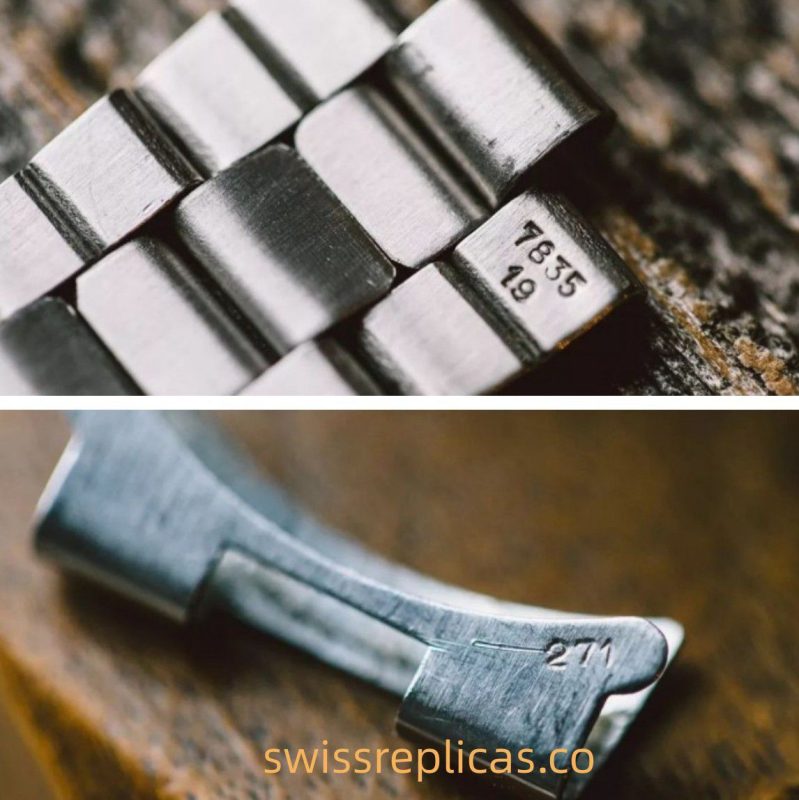
In addition, the end link (curved opening) is also engraved with a model number, which should be suitable for the specific watch model. For example, on antique Daytona, all end links end with the two numbers 71. If you find something different, then you can discuss the price again.
PART3 Overall inspection
08 Check attachments
In the field of cameras, we often say the box says everything. In antique watches, they like to say: a complete set.
The complete set is undoubtedly more collectible and trustworthy than a single watch. But is a complete set foolproof?
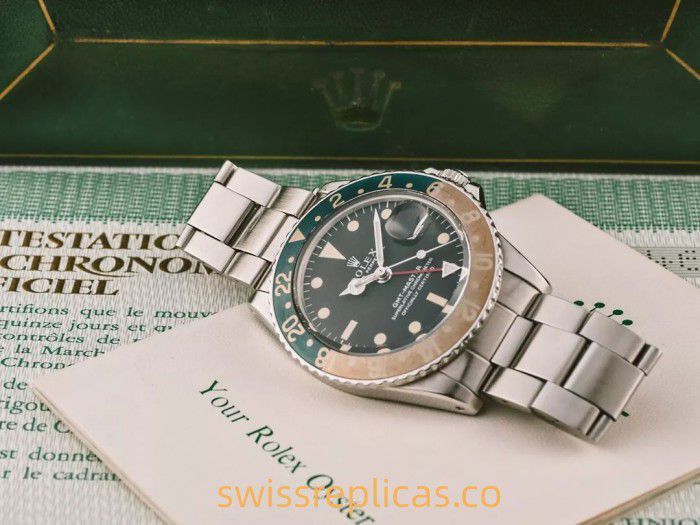
The cruel reality is that many channels exist to obtain antique boxes and blank documents. Although it is impossible to prevent it, we can at least pay attention to the details within our ability. For example, an antique watch is equipped with a modern green box, and the case number is inconsistent with what is shown in the document. Although the example is simple, people are likely to ignore these details under impulse.
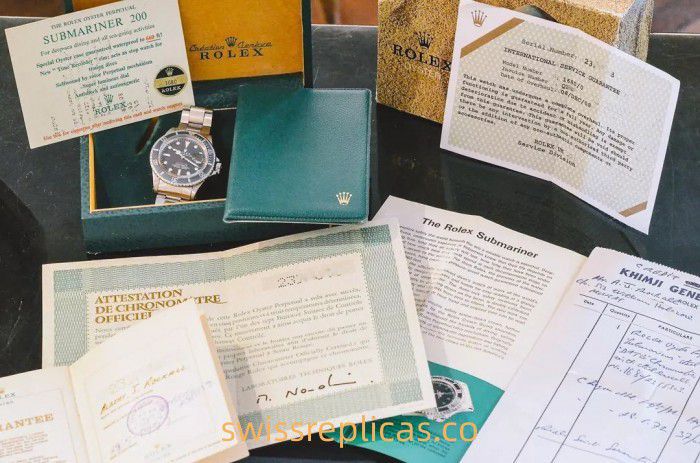
In addition, if there are other supporting documents, such as manuals, product brochures, shopping invoices, official maintenance sheets, etc., in addition to the warranty document, it will be more convincing.
09 Evaluate the Condition
RegardingExperts always says the three essential criteria for evaluating antique watches are Condition, Condition, and Condition.
There is nothing wrong with this, but terms such as “new inventory,” NOS, “unpolished,” and “top quality” mint may be a bit overused.

Especially unpolished, a description that has become overused. Because it is difficult to prove and is somewhat controversial, the trading section of foreign antique labor forums has been banned.
For experts, the natural way to determine whether it has been polished is to inspect the case from all angles and look for traces of polishing and polishing.
Among them, the ear is the most accessible area to find clues, especially the side and the ear hole. If the lines are clear, you are fortunate. The second is the lug thickness. In most cases, of course, the plumper, the better. We could compare it with the reference standard.
10 Get to know the seller
A reputable merchant and collector are the most reliable sellers of antiques.
The experience when transacting with a seller is essential. Their answers and pictures provided are usually good references and a basis for judgment. A good merchant will always be happy to provide detailed information if something is reliable. But it’s also essential for buyers to learn to respect each other.
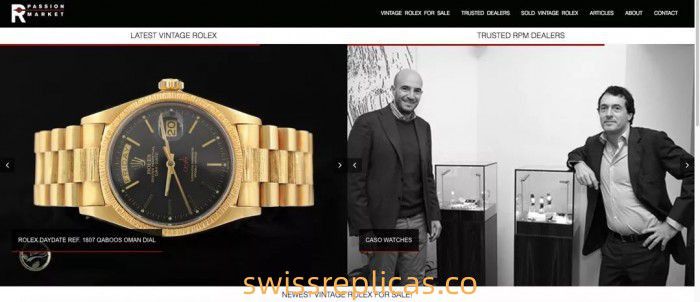
After all, there are plenty of buyers for a good businessman.
When buying an antique Rolex, first pay attention to the dial, then obtain information from each component, carefully check, compare, judge, and trade cautiously. It’s not a bad thing to be picky about vintage watches.
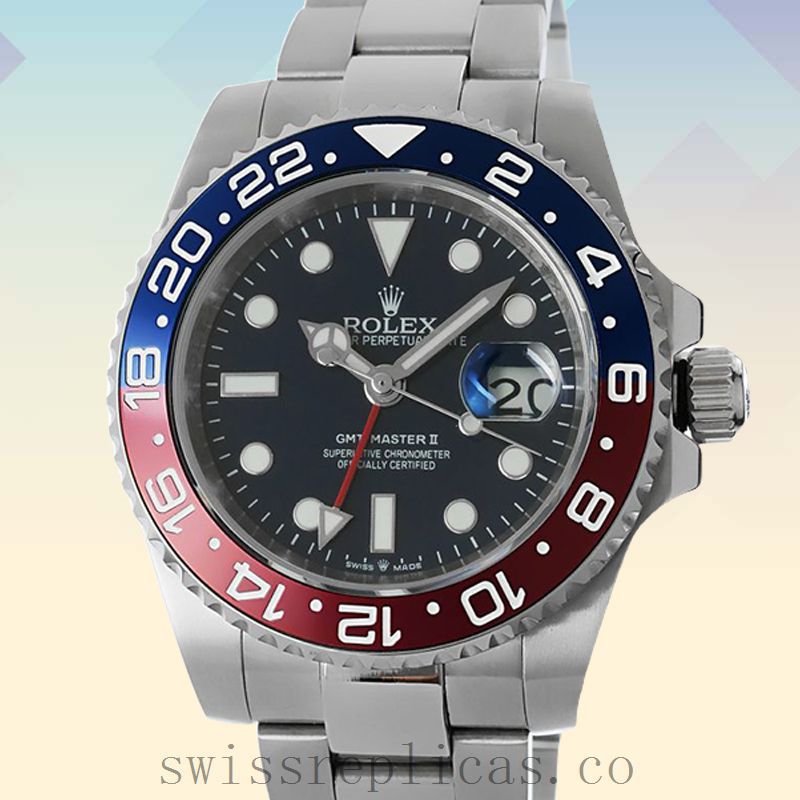
Gender: Men’s
Case Thickness: 15mm
Dial Color: Black Dial
Case Color: Silver-tone
Movement: Automatic
Model: m126710blro-0002
Brand: Rolex
Band Width: 20mm
Series: Gmt Master Ii

